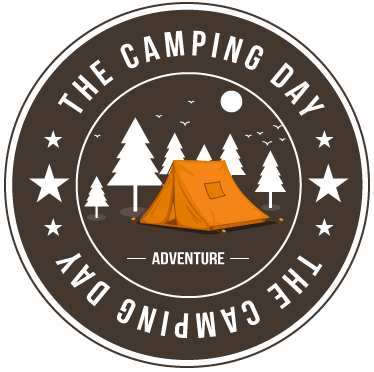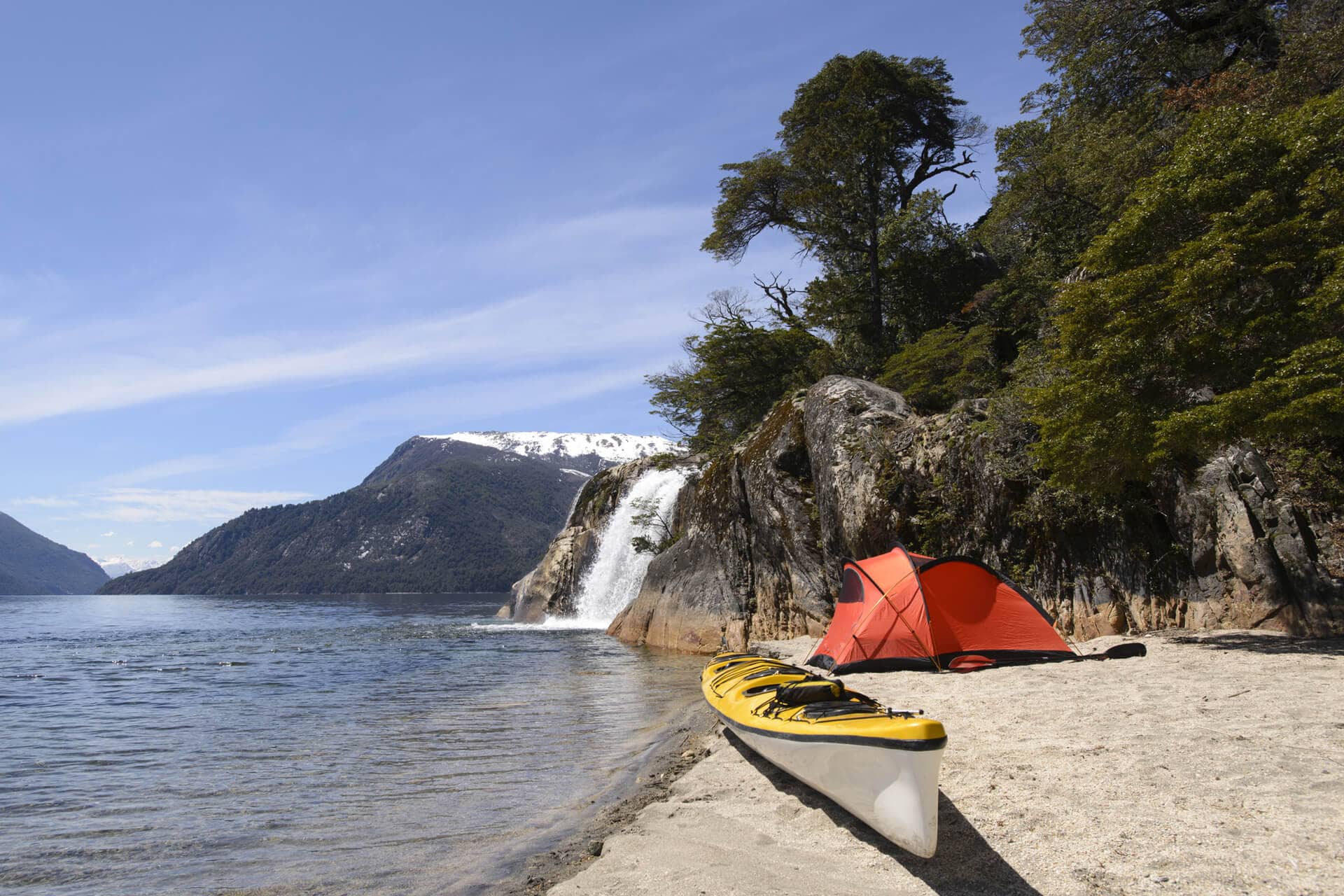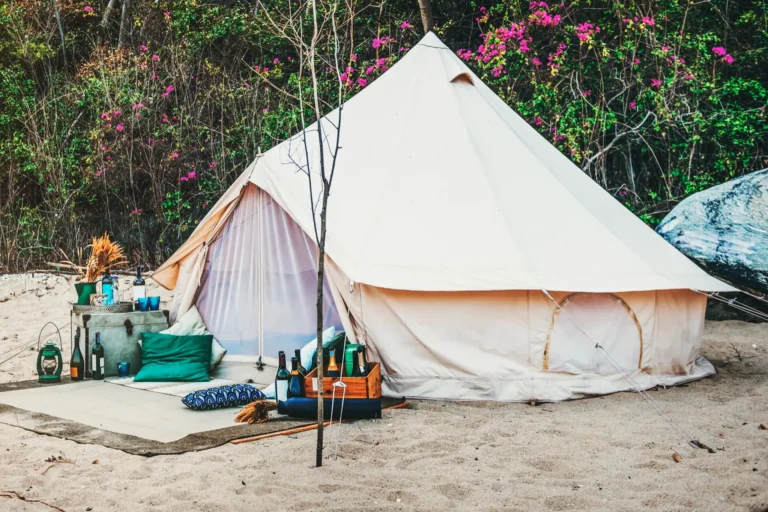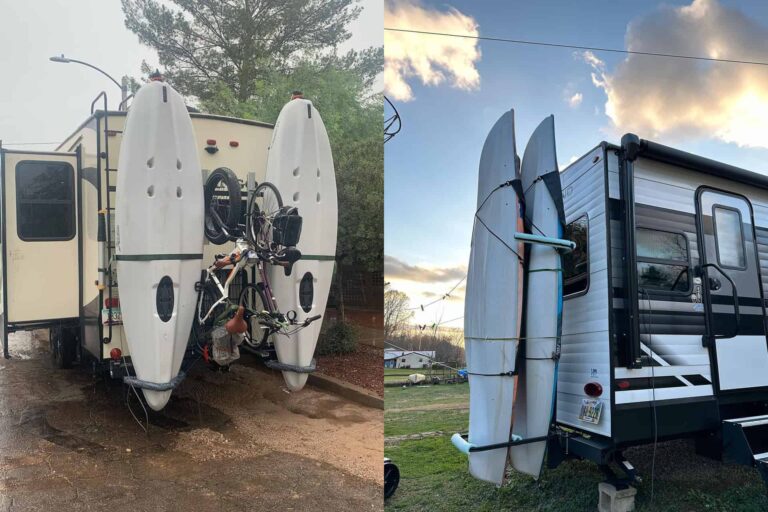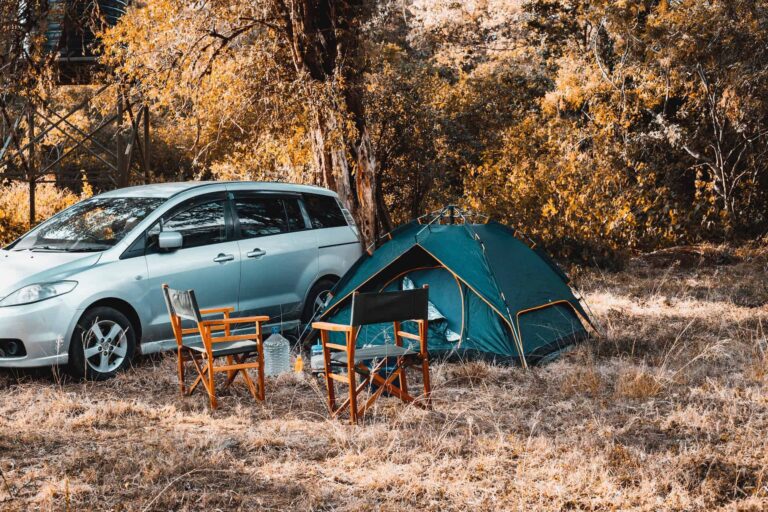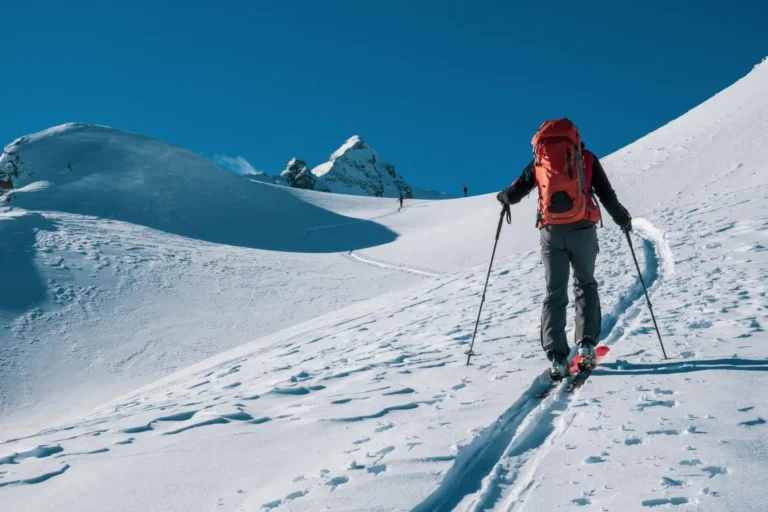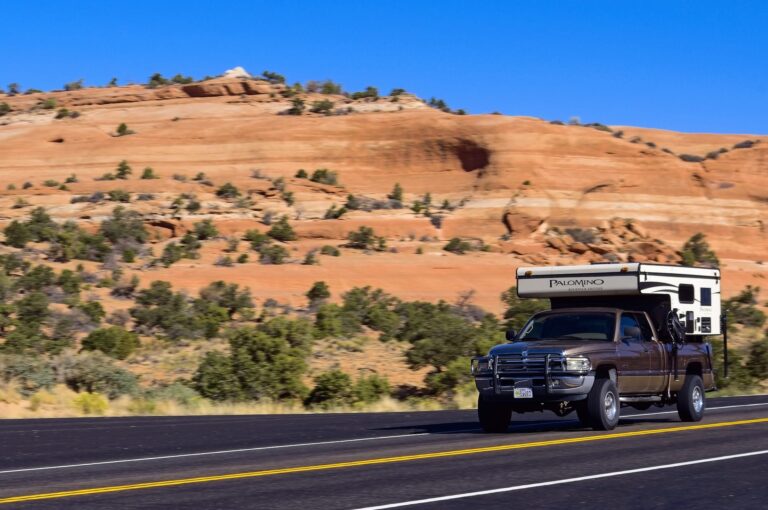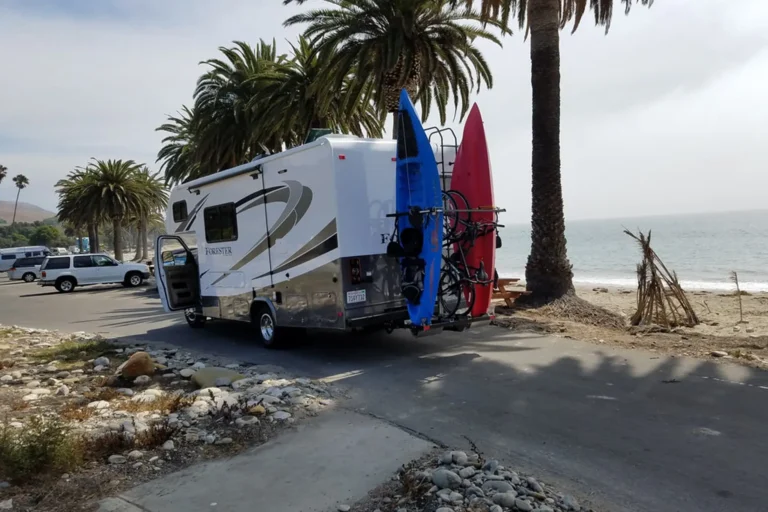Everything You Need to Know in a Beginner’s Guide to Kayak Camping
Looking for a unique camping adventure? Why not try kayak camping? It gives you both a camping and a kayaking experience, showing you everything nature has to offer on the water and on land, while giving you a chance to show what you can do.
With the right equipment and preparation, you can discover new rivers and camp in beautiful areas that are only accessible by boat. But before you pick up your paddle, it’s important to understand the basics of kayak camping, from choosing the right kayak and gear to packing smart and navigating safely. In this guide, We’ll go over what you need to know to make the most of your kayak camping trip.

Why do you want to go camping by kayak?
Does hearing about kayak camping seem unbelievable and even a little scary, right? You might be worried about what if my kayak capsizes, what should I do before going, do I need to do kayak training and some other questions…
But when you think about it, all you need to do is plan your camping trip and master your kayaking skills before you go kayaking, and all your problems will be solved!
From another point of view, kayak camping is not that different from backpacking. You use much of the same equipment for both, and even kayak camping is more advantageous than backpacking.
Kayak camping allows you to carry more gear, and your body won’t feel the strain of carrying your gear for long periods of time. So your trusty kayak does most of the work. Camping by kayak allows you to reach remote and secluded campsites that are only accessible by water. It’s a chance to disconnect from the modern world and immerse yourself in nature.
Kayaking is also an excellent workout. It exercises your upper body, core, and legs while you enjoy the beautiful surroundings. It’s a fantastic way to build endurance, strength and balance while having fun.
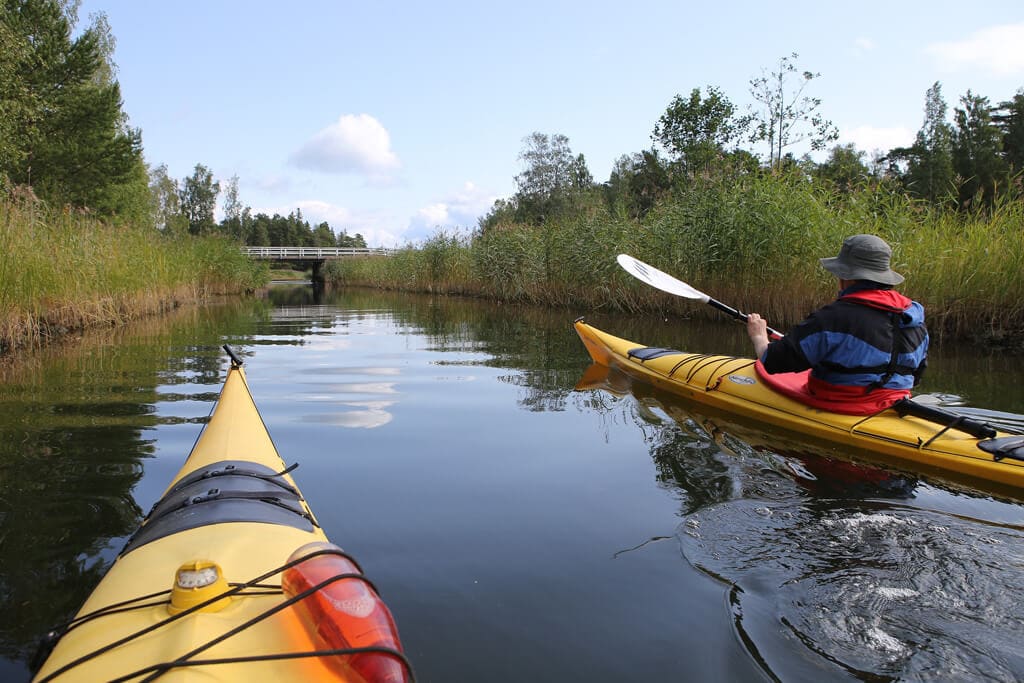
Beginner’s first kayak camping trip
1.Plan a route
When you go kayak camping, plan your route just like you would a backpacking trip, only from land to water.
A reasonably experienced kayaker can expect to comfortably paddle 10-20 miles in a day. While beginners should aim for shorter trips, choose a campsite that is easily accessible, preferably near a source of fresh water and firewood. Making shorter trips a goal can give you enough time to rest, eat lunch, relax, and explore a few things.
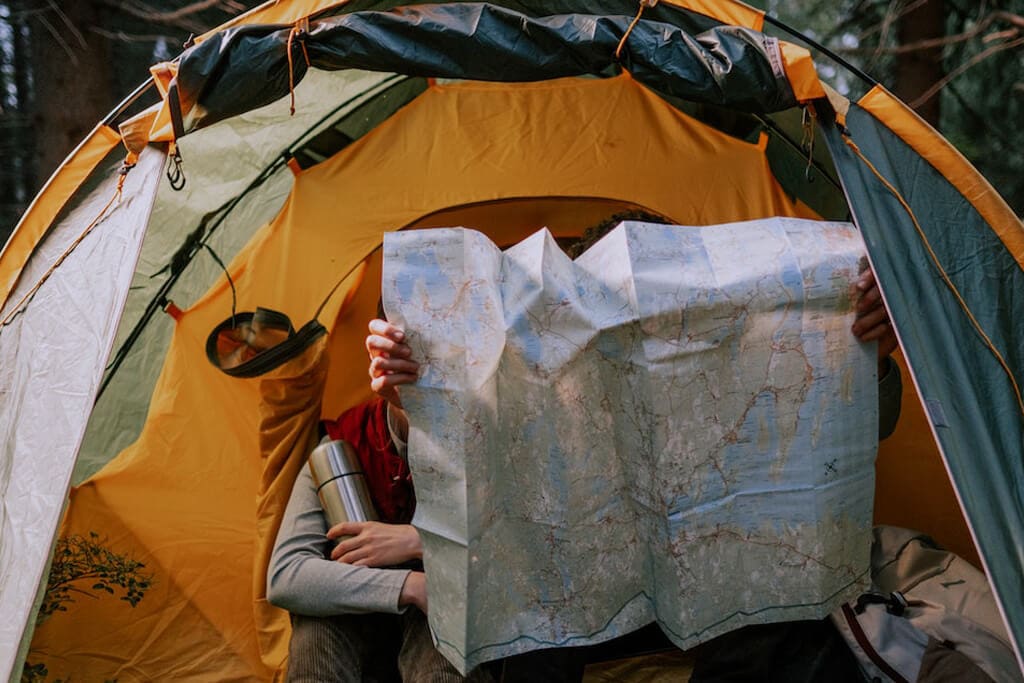
It’s also important to consider weather conditions and potential hazards, such as rain or rapids. Check the weather before you go and make sure you plan your first kayak trip on calm water.
And finally don’t forget to plan your leaving route.
*Route planning tip: Look online for waterway maps of the destination. Many parks provide paddlers with maps that show campgrounds and other interesting landmarks.
2.How to choose a kayak for beginner
The right choice of kayak is essential for a successful and enjoyable trip.
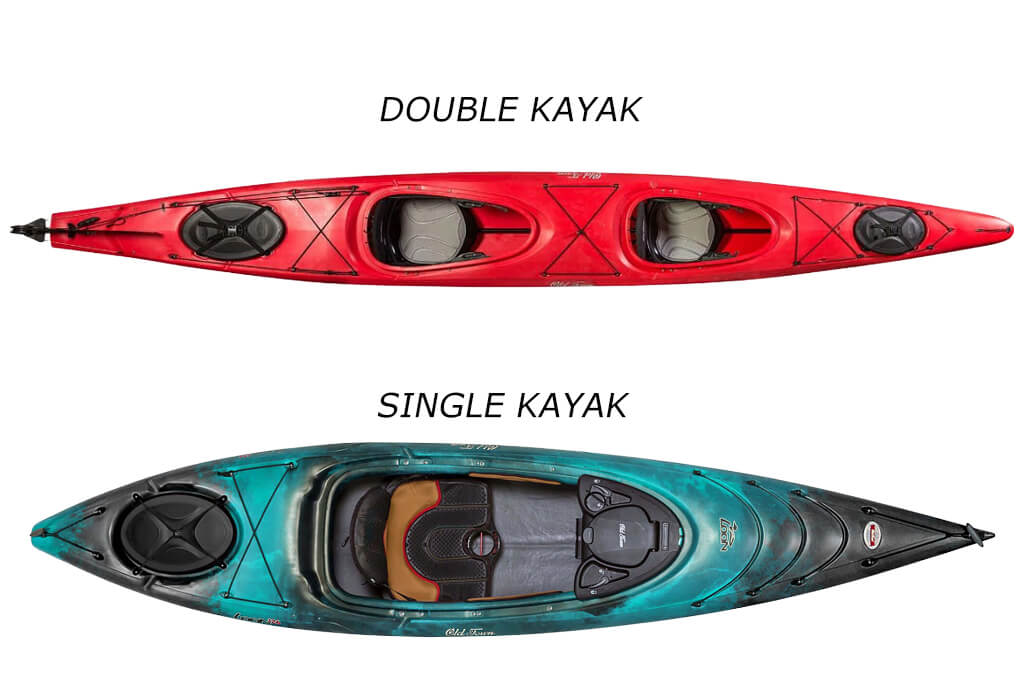
For beginners, a stable and easy-to-handle recreational kayak is a good choice. Look for a kayak that is lightweight and comfortable to sit in for long periods of time. Also consider the length and width of the kayak and its carrying capacity.
Type of kayak
There are two types of kayaks: SIT-INSIDE and SIT-ON-TOP
- SIT-INSIDE:Features an enclosed cockpit
- SIT-ON-TOP:Features an open deck
And of course there are single and tandem kayaks.
Size
Shorter kayaks (9-10′) offer the best maneuverability for streams and smaller waterways, are perfect for teens and tweens, and are lighter boats that are easier to pull and store.
For the average adult, mid-range kayaks (11-12′) are the ideal option. Ideal for most waters, they offer a nice blend of agility, tracking, capacity and storage.
Kayaks longer than 12 feet are great for longer distance paddling on larger open water, but will also be more difficult to maneuver.
In general, the narrower the kayak, the faster it will be. This is because it is easier to “paddle through” the water.
Capacity
Storage space is also crucial, you need to keep almost everything in a dry bag and travel kayaks are usually equipped with waterproof compartments. You can use them to protect your valuables like your phone and camera. It’s very convenient to have at least something dry when you get to camp, isn’t it, no wet clothes. A kayak with plenty of storage space will allow you to bring all the camping gear you need for your trip.
When choosing a kayak, capacity is also important. Kayak manufacturers state that the capacity includes you and all your gear (in calm waters and moderate weather).
For example, if you weigh 250 pounds and the kayak holds 300 pounds. This doesn’t leave much room for gear or maneuverability in less than perfect conditions.
We recommend adding 10 pounds of clothing, hat, glasses and shoes to your weight. If you are fishing, add another 50 pounds of gear and allow at least 50 pounds of extra space.
For example, a person weighing 200 lbs. The kayak’s capacity is 350 lbs minus your weight of 200 lbs + 60 lbs of gear, leaving you with about 90 lbs of wiggle room.
Comfort
Comfort is essential for long hours on the water. The kayak has footrests and a firm seat. It also has thigh pads for added stability. With a full kayak, all of these features can allow you to paddle longer distances.
Where to go
If you want to enjoy a day on the water or go fishing, we recommend sit-on-top kayaks. As long as you don’t mind a little splash. They’re easier to get in and out of, self-draining, offer more accessories, and have access to your gear.
For kayak camping, we recommend sit-inside kayaks. They offer better protection from the elements (i.e. paddling in colder water), tend to be more efficient than their counterparts, and are lighter.
Budget
You can get a kayak for $399, but there are other costs to consider. For example, if you buy locally, you will have to pay taxes; if you order online, you will have to pay shipping costs. Then there are the paddles, PFDs, dry bags, safety equipment, fishing accessories, and the often forgotten but extremely important transportation (car).
For a brand new quality kayak with all the accessories, you can expect to pay between $1000 and $1500.
You can check out the preparation for kayak camping made by youtuber@Headwaters Kayak
3.How to choose the right paddle
A paddle that fits you is based on your height, arm length, kayak width and seating position, I suggest you visit your local dealer to determine your size and then purchase from an online store.
If you order online, a good rule of thumb is that if you are between 5′-6′ tall and your kayak is about 32″ wide and has a raised seat and the length of your paddle is 240-250 cm, you can’t go wrong. If you paddle a kayak is less than 32‘’ wide and less than 6 feet tall, a 230 cm paddle will do.
For beginners, we recommend a standard recreational fiberglass paddle combined with a nylon plastic paddle.
4.How to pack gear for kayaking
It’s easier than you think. Much of your backpacking gear can be used for kayak camping adventures. However, since you’ll be on the water, you’ll need a few extra items to make your trip comfortable. Later I will give you all the basic kayak camping gear you need to bring with you so you don’t forget anything.
Before you go, be sure to load your gear into the kayak ahead of time so you don’t have a very awkward moment when you get off the boat carrying gear that doesn’t all fit in the kayak.
Here are a few things to keep in mind:
- Store supplies such as bottled water, food, first aid kits, and navigation aids in a place that is convenient for you to access while paddling.
- Make sure everything that needs to stay dry is either in dry bags or in a waterproof place.
- Try to distribute the weight evenly from front to back and side to side.
- To avoid using your gear in the event of a capsize, make sure dry bags and everything else is securely fastened.
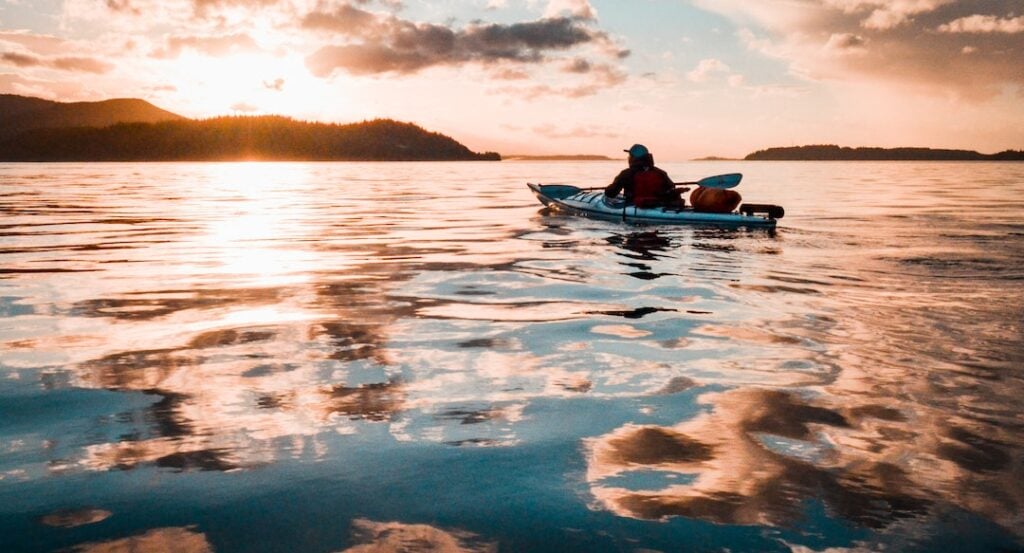
5.Basic kayaking safety tips
- Make sure your camping supplies include a first aid kit.
- Get comfortable life jackets that you can wear all day (especially if you’re taking the kids).
- Plan your route carefully to avoid whitewater rapids or rocky riverbanks.
- Always have a way to call for help.
- Wear plenty of sunscreen.
- Give a friend or family member a map of your planned route and let them know you’re going kayak camping. (Make sure it’s someone who doesn’t enjoy camping so they don’t feel left out.)
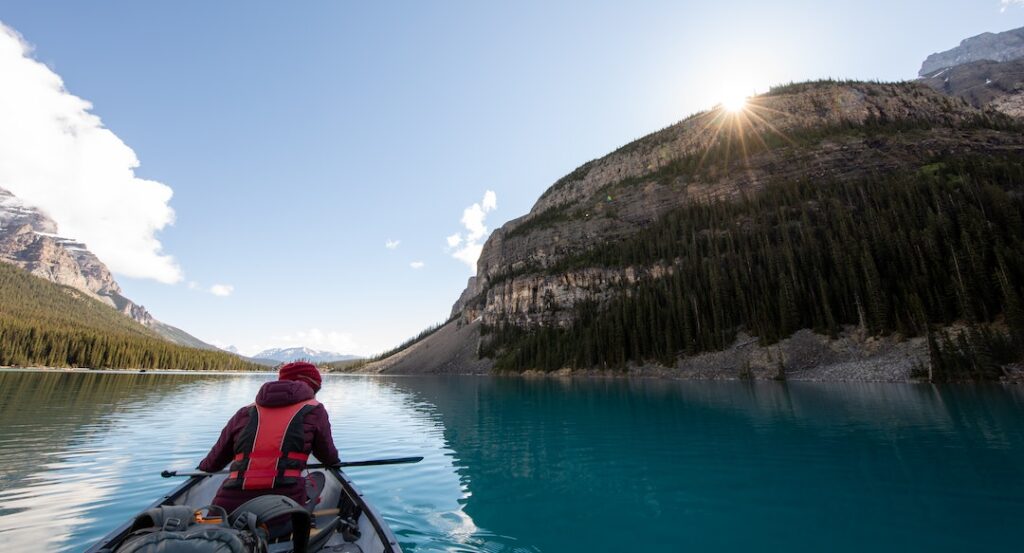
Pick right Kayak camping gear
If you plan ahead, you can pack more carefully and have more time for fun and relaxation.
- Tent
- Tarp
- Rope
- Sleeping Bag
- Sleeping Pad
- First Aid Kit
- Lighter
- Flashlight
- Sunblock
- Bug Spray
- Duct Tape
- Hatchet & Multitool
- Dry bags & Plastic bags
- Camp Stove and Fuel
- Camp Cookware
- Camp Eatware
- Stuff for Coffee
- Small bottle of dish soap
- Dish Towel
- Salt and Pepper
- A few ziplock bags
- Bottled Water or a Water Filter
- Food
- Personal hygiene items like soap, toothbrush, etc.
- Appropriate clothing
- Gear for spending time on the water, like a swimsuit
- Any fishing gear you may need
- Toilet Paper
- Wet wipes
- Phone&Charger
- Kayak Repair Kit
- Water Shoes
- Sunglasses
Beginner Kayak Camping Site
Choose a place where you can launch your kayak easily and where the water is calm. Consider amenities such as restrooms, fire rings, and picnic tables. Also find out if there are any fees or licenses required to camp at the site.
Check the area’s safety record and be aware of potential hazards such as strong currents, wildlife, or heavy boat traffic. If you plan to go fishing, look for places with fantastic fishing spots.
Paddle in Campgrounds: For first-time kayak campers, paddle-in campsites are excellent options. These are frequently clearly signposted, kept up, and may even contain restrooms, depending on the park.
Boundary Waters: Located outside of Ely, Minnesota. Moose are common in the area and anglers can also find smallmouth bass, walleye, northern pike, lake trout and brook trout.You can choose the shortest route or the longest route here.
French Broad River Trail, North Carolina/Tennessee: Located on one of the world’s oldest rivers, this 115-mile river flows north from Roseman, North Carolina to the Tennessee border. There are 19 campgrounds along the entire river path, and no matter which access point you enter from you can find a campground nearby.
Apostle Islands in Wisconsin:Launch a kayak and explore the 22 islands and sea caves of Lake Superior. A beautiful network of arches, chambers and passageways has been carved over thousands of years by the unpredictable Lake Superior.
Everglades in Florida:There is a chance to see wildlife you can’t find anywhere else. You will have the opportunity to see wading birds, sea turtles, songbirds, orchids, air plants, amazing mangrove tunnels and the famous alligators.Trips can last from a few hours to a few days, and you can start from several locations in the area.
The Youghiogheny River: Although the Yough flows through West Virginia, Maryland, and Pennsylvania, But for a beginner, the calm waters in the center are the best bet.
The Colorado River: There are a number of beginner-friendly sections of the Colorado. But the section in Utah that runs from Westwater Canyon through the Cisco Desert is highly praised. This is a fantastic opportunity to explore the edge of the Southwest, which ranges from imposing cliffs to serene landscapes.
The San Juan Islands: Sea lions, porpoises and even orcas call these Pacific Northwest waters home. Kayaking around the San Juan Islands is one way to visit them (without going all the way to Canada). Experience the tranquility of camping on a remote island while exploring the rugged coastline.
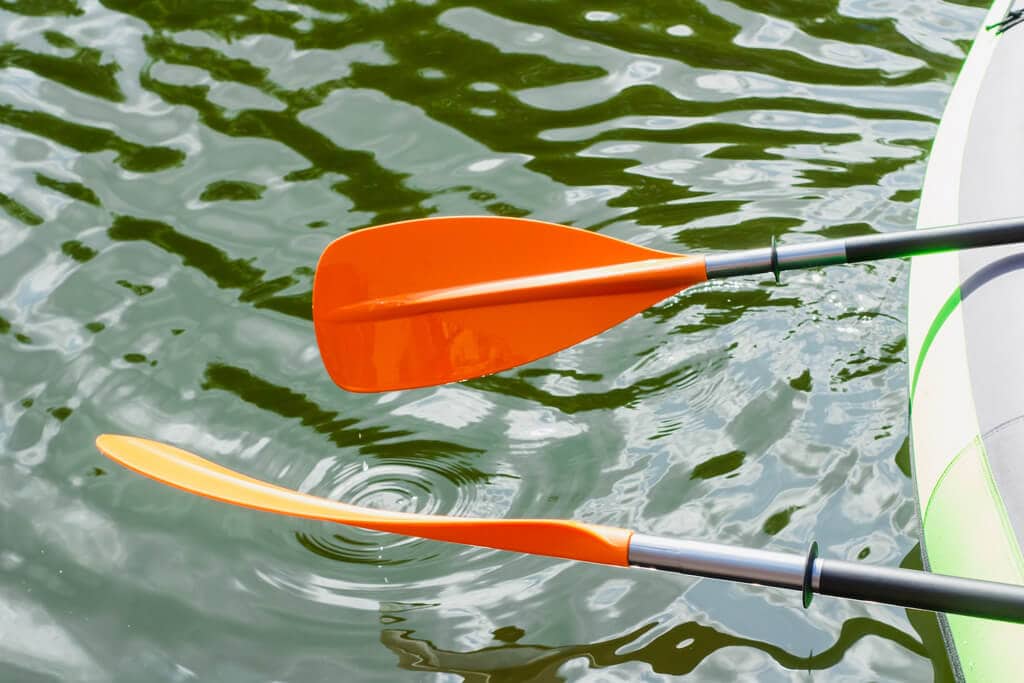
Conclusion
No matter what area of water you go on, no matter what kayak you choose, no matter what gear you bring, kayak camping is one of those unique camping trips that appreciates the outdoors. It offers more gear than backpacking, more wilderness than car camping, and all the opportunities for on- or off-road exploration. It’s the best of both worlds.
Kayak camping may sound intimidating, but it’s really no more difficult than backpacking. There’s plenty of help out there, and even travel agents and guides who can take you on your first kayak camping trip. So, let’s paddle boldly!
Related post:Best Hammock Camping Guide And Hammocks For Camping
Editing History:
Updated on March 19th how to choose a kayak
